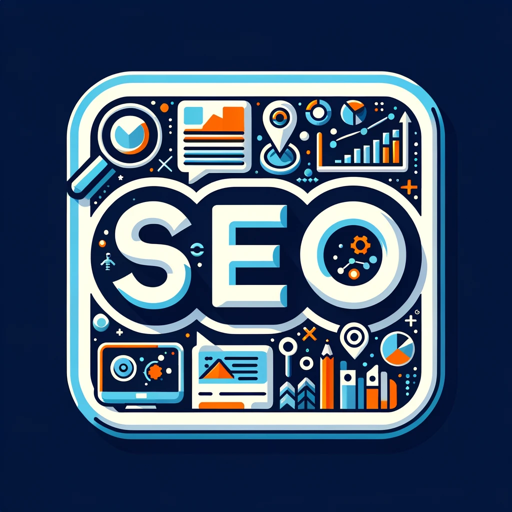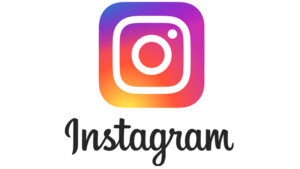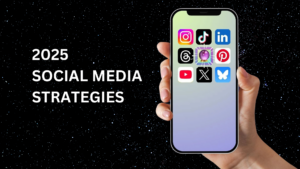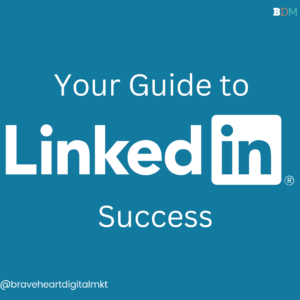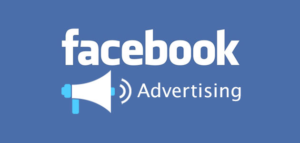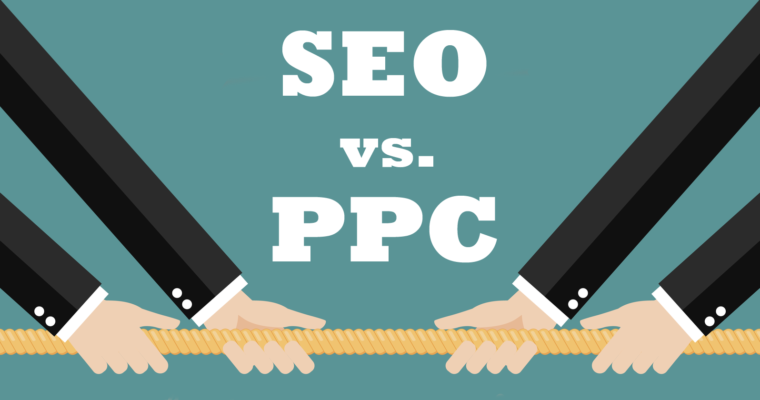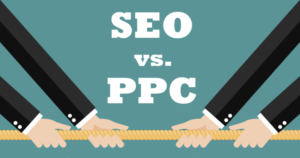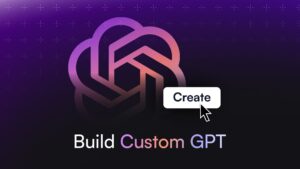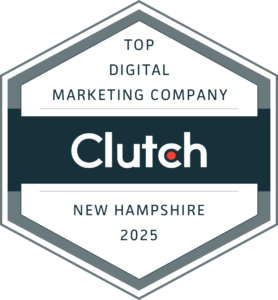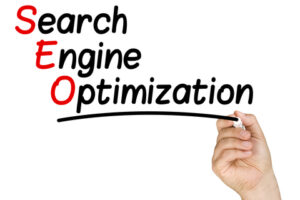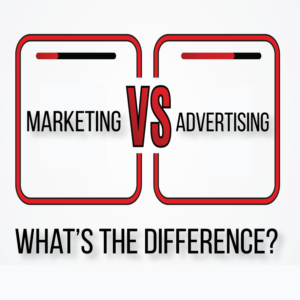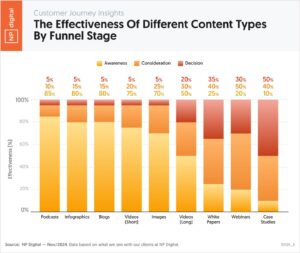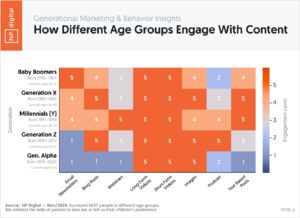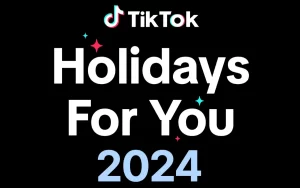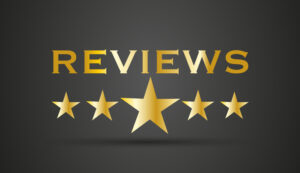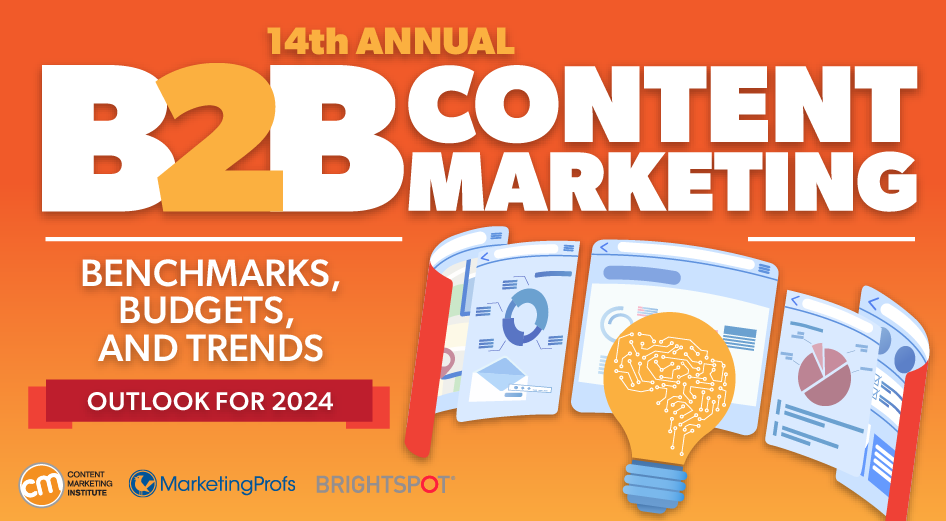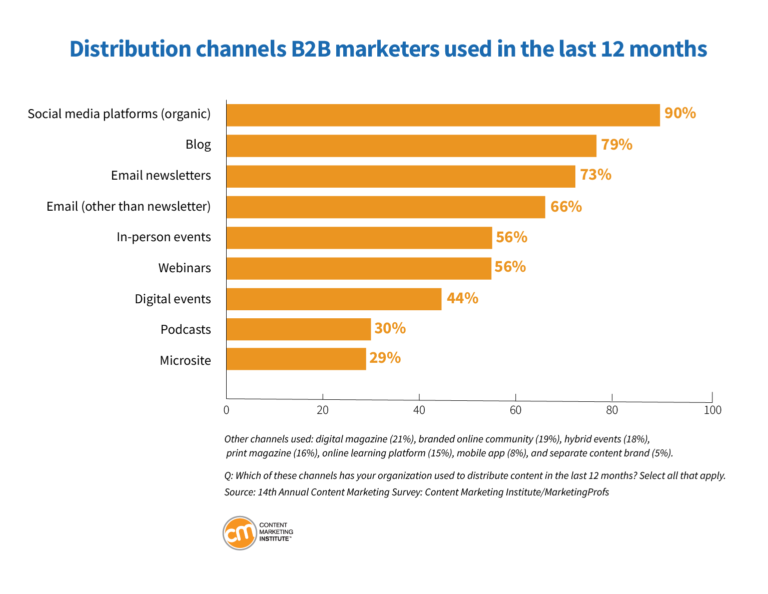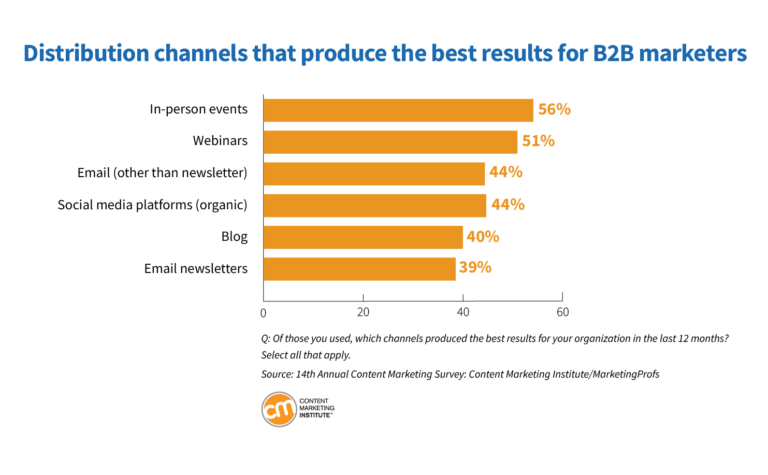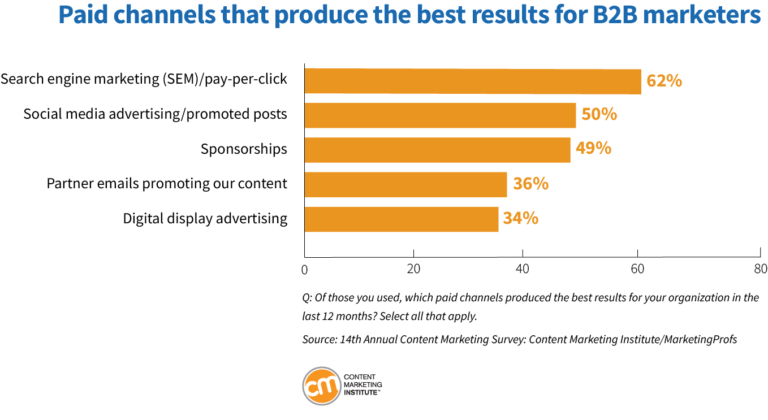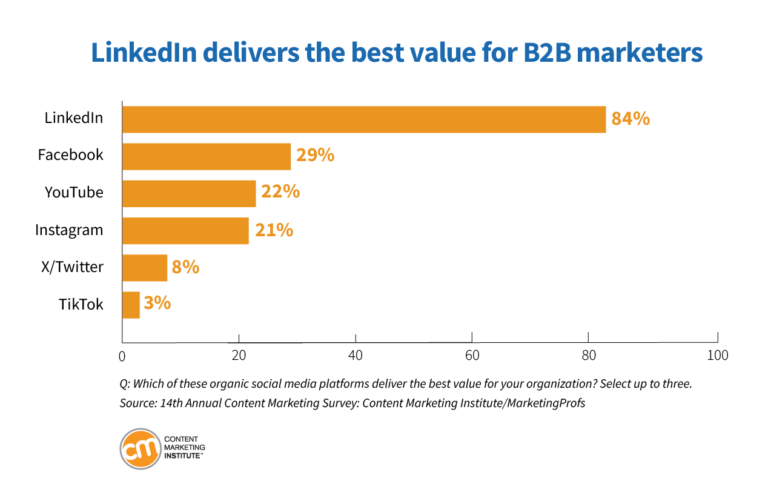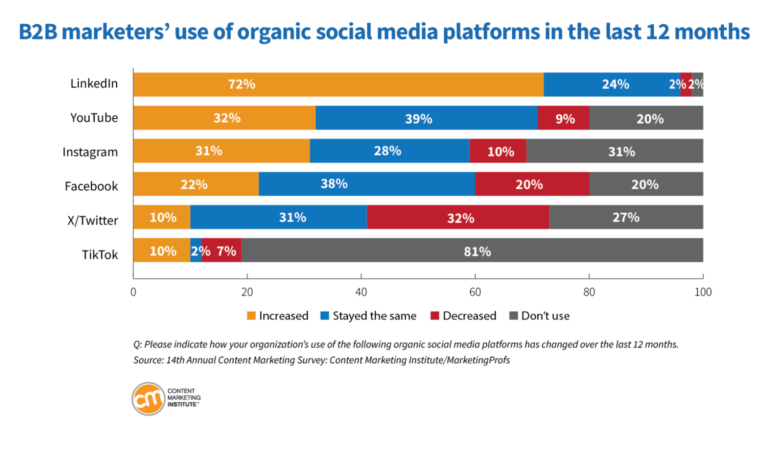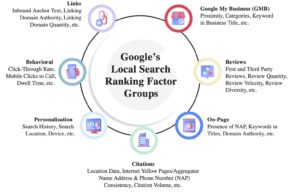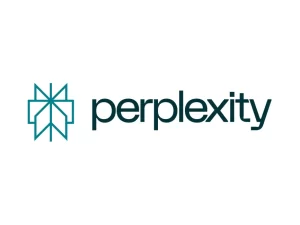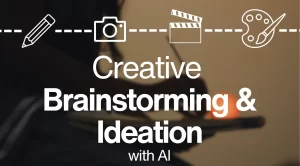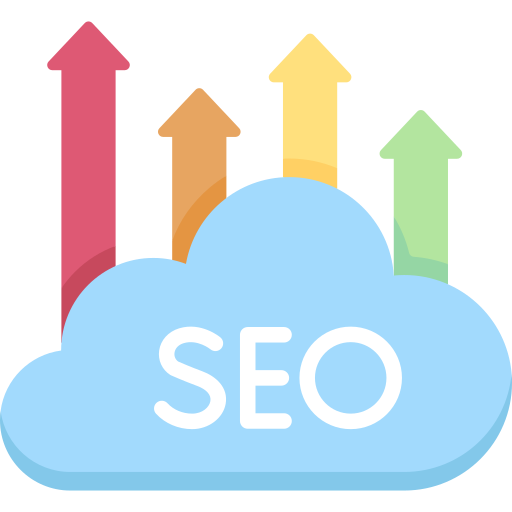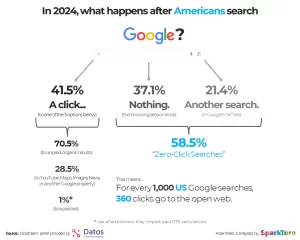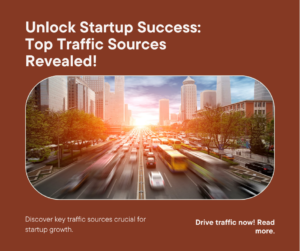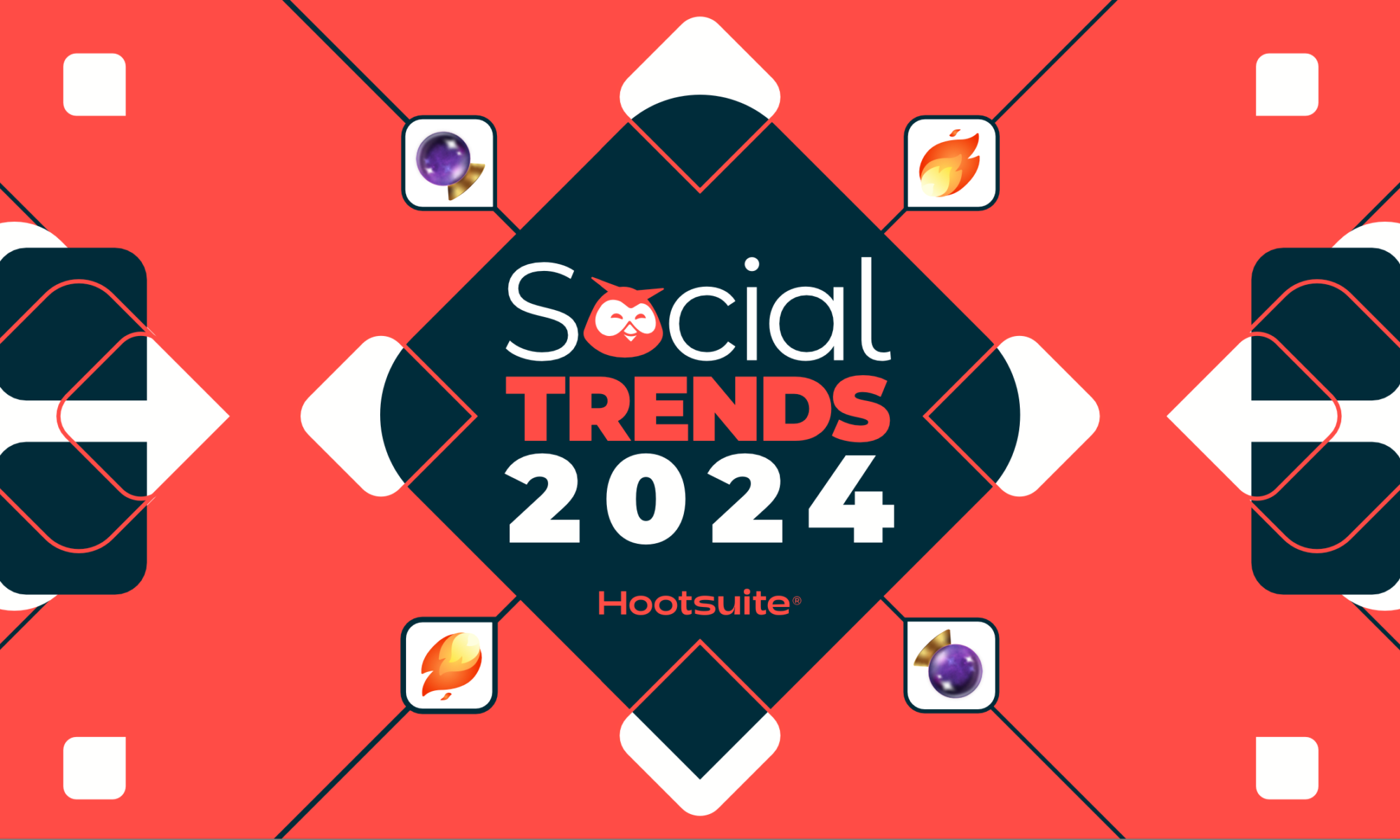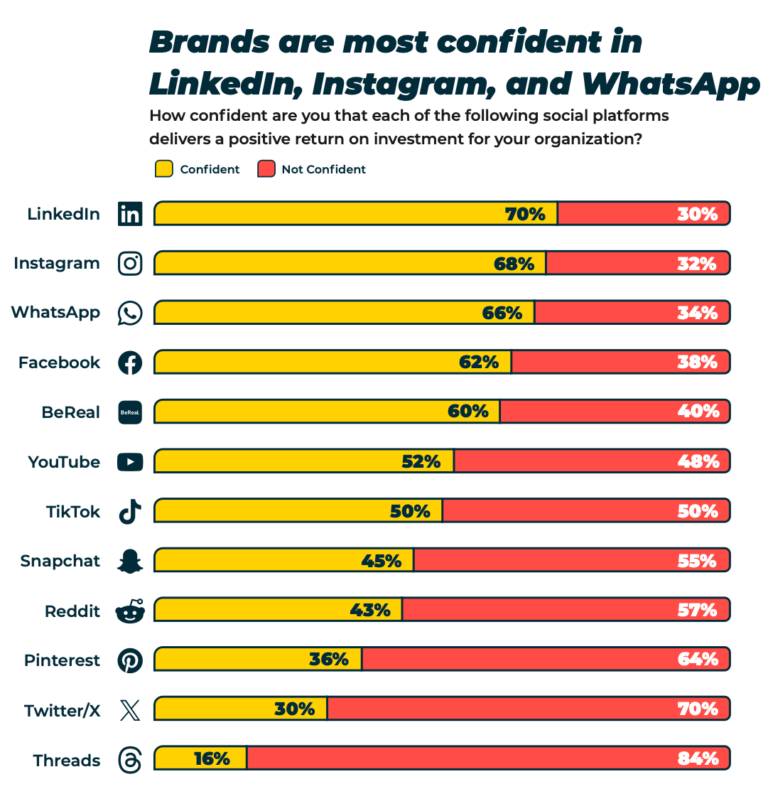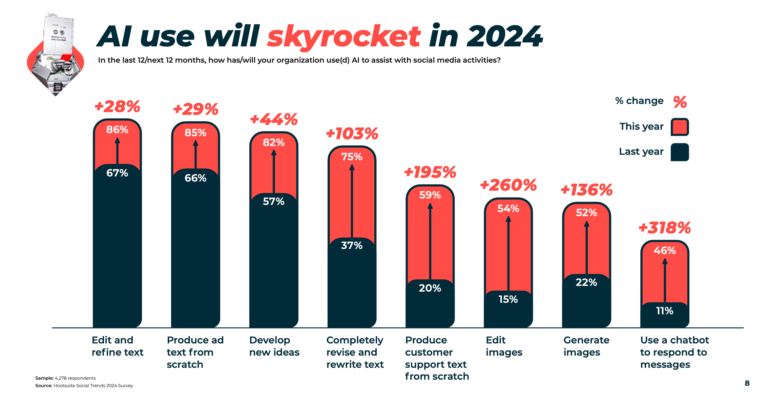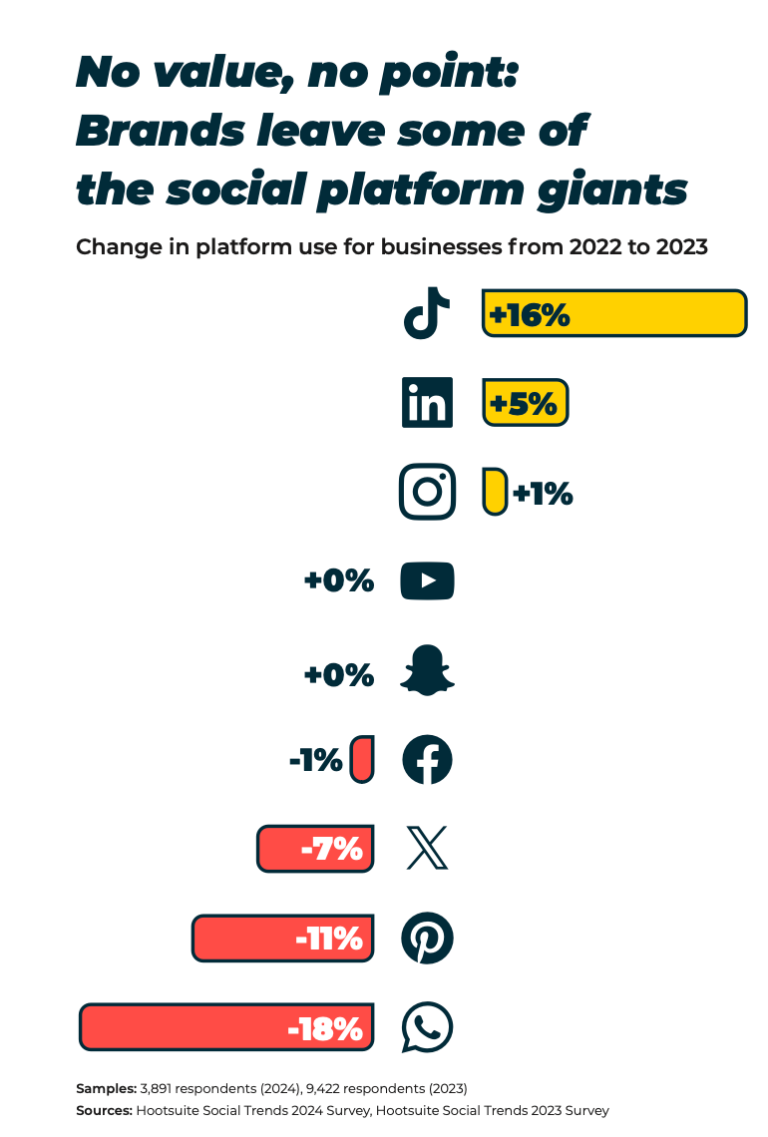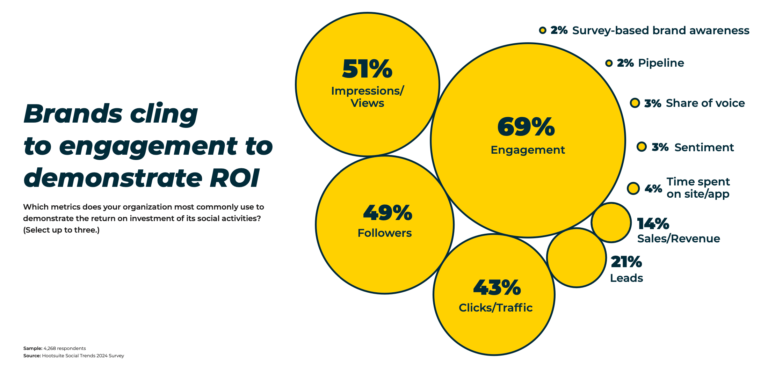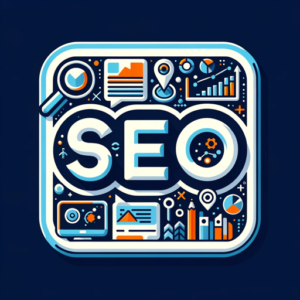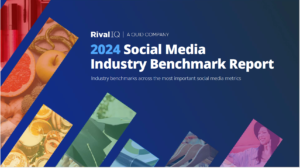Mastering SEO in 2024: A Comprehensive Guide to the Four Pillars of Effective SEO Strategy
SEO, or search engine optimization, is often perceived as a complex and intricate field, particularly for business professionals and small business owners who may not have extensive knowledge in this area. However, by focusing on the four essential pillars of SEO, you can significantly enhance your website’s visibility, particularly as we move into 2024 and beyond. These pillars include Technical SEO, Content, On-site SEO, and Off-site SEO. Each plays a critical role in ensuring your website is well-positioned in search engine results, attracting more traffic and engaging your audience effectively.
1. Technical SEO
- Page Speed: Evaluating how quickly pages load on both mobile and desktop devices, as slow loading times can negatively impact user experience and search engine rankings.
- Crawlability and Indexability: Ensuring that search engines can effectively crawl and index the website's pages. This involves checking the robots.txt file, sitemap, and the use of meta tags to control crawler access.
- Keyword and Content Strategy: Analyzing the relevance and optimization of content for target keywords to ensure the site can rank well for those terms. This includes reviewing title tags, meta descriptions, and content quality and relevance.
- Mobile Usability: Assessing how well the website performs on mobile devices, considering the mobile-first indexing approach of search engines. This includes responsive design and mobile user interface elements.
- Technical Issues: Identifying and resolving technical issues such as broken links, 404 errors, duplicate content, and improper use of canonical tags that can affect the site's SEO performance.
- Security: Checking for HTTPS implementation and any security vulnerabilities that could affect user safety and trust, as well as search engine rankings.
2. On-Site SEO
- Structural Optimization: Creating a logical site structure that's easy for both users and search engines to navigate.
- Page-Level Optimization: Focusing on keyword research, descriptive URLs, page titles, meta descriptions, content optimization, user experience, strong calls to action, and structured data markup.
3. Content
SEO Best Practices For Content
Foundational Principles
- Audience Alignment: Understand and connect with your audience. Tailor your language, tone, and content to meet their expectations, interests, and challenges.
- Value Delivery: Ensure each webpage delivers substantial, relevant content. Avoid superficial or unclear information.
- Organized Layout: Implement a clear structure using headings, subheadings, concise paragraphs, and bullet points to enhance user and search engine comprehension.
- Use Synonyms and Related Terms: Enhance the depth and relevance of your content by integrating synonyms and associated phrases, broadening its appeal to search engines and users alike
SEO Writing Best Practices
- Engaging Headlines (H1): Embed main keywords in a captivating headline to clearly convey the topic of the page.
- Keywords in Contents: Integrate primary and secondary keywords naturally while writing. A good rule of thumb is that the primary keyword is used once per paragraph.
- Direct Calls-to-Action (CTAs): Clearly guide users towards primary actions like getting more information, contacting you, etc.
- Handle Objections: Preemptively answer common questions or concerns. A good way to do this is through an FAQ section on the page.
- Narrate Your Unique Story: Share what makes your brand special and personable, incorporating keywords where relevant.
Content Length
4. Link Building
Summary
Recent Posts
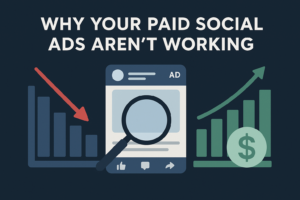
Paid Social Media ROAS
Why Your Paid Social Media Ads Aren’t Delivering ROAS—And How to Fix It You’ve invested in paid social media advertising. You’ve committed budget, time, and

B2B lead generation channels
Top B2B Lead Generation Channels in 2025 | Data-Backed Guide to Higher ROI Back in 2018 a single survey claimed that “Search beats every other
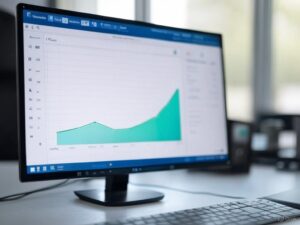
Search Visibility
How to Improve Search Visibility and Drive More Organic Traffic For many businesses, low search visibility is a persistent challenge that directly impacts their ability

Creating Killer Buyer Personas
Creating Killer Buyer Personas: The Strategic Imperative for Smart Marketing In today’s digital-first economy, understanding your customer is no longer a luxury—it’s a strategic necessity.

Generative Engine Optimization (GEO)
Generative Engine Optimization (GEO): The Future of Search and How It Differs from SEO As digital marketing continues to evolve, search is undergoing a radical
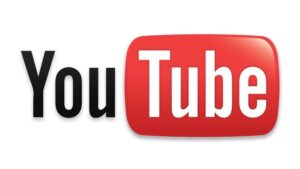
Best Practices for Building a Brand Presence on YouTube
Updated Best Practices for Building a Brand Presence on YouTube (2025) YouTube continues to be a dominant platform for video content, offering businesses unparalleled opportunities
